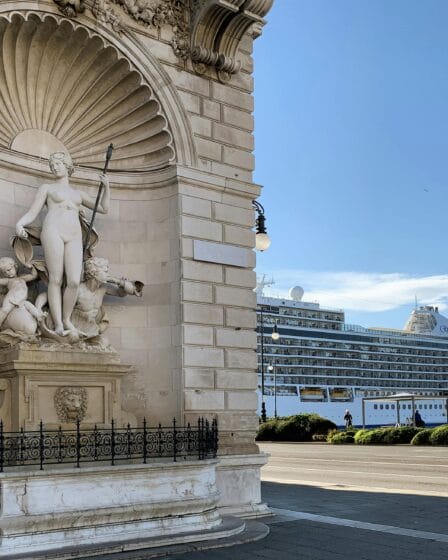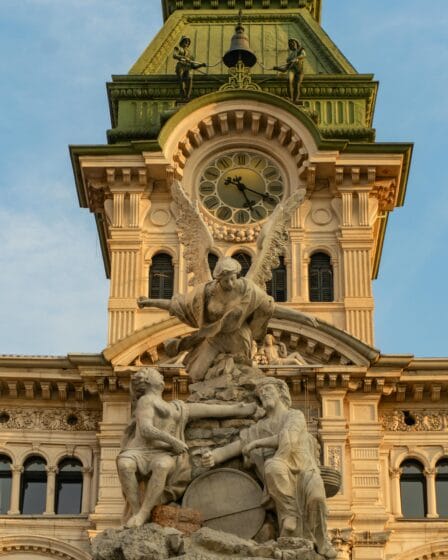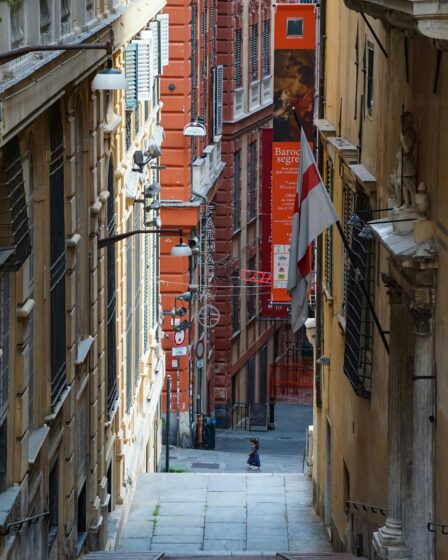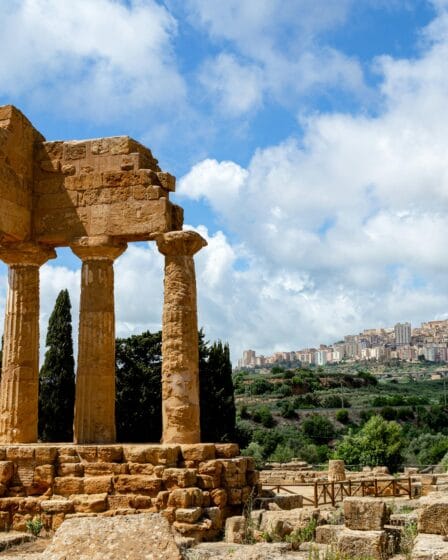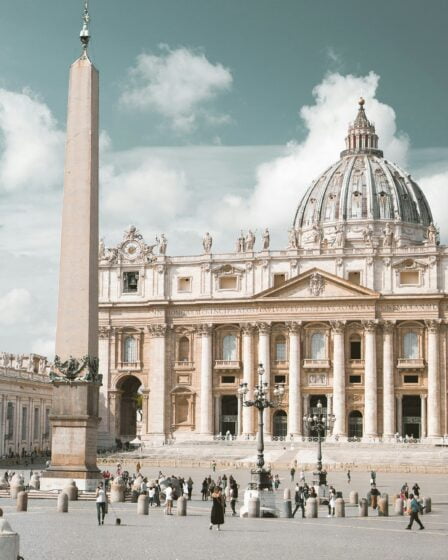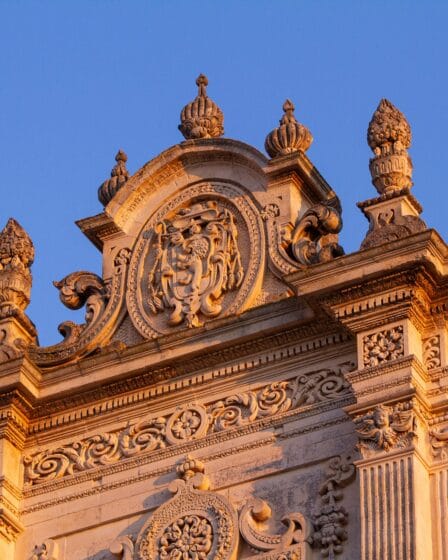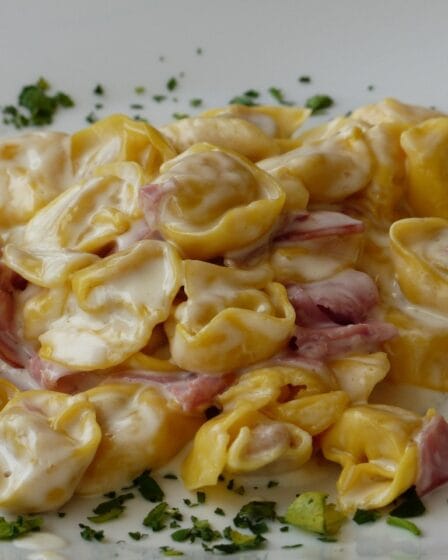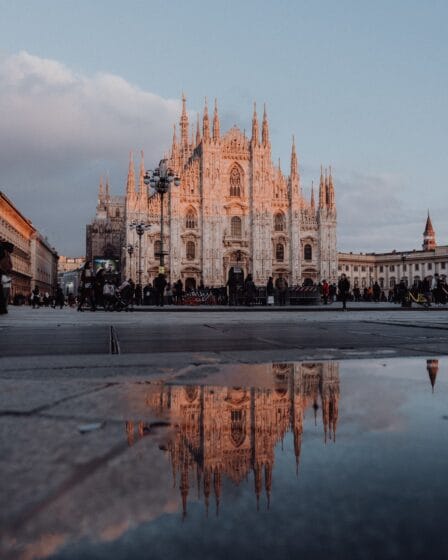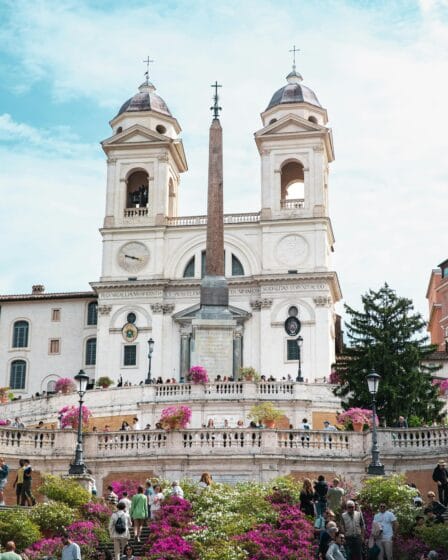One Day in Trieste Itinerary this walking tour allows you to experience the best highlights of Trieste in just one day.
Free Walking Tour
Foodie’s Guide to Trieste
This Foodie’s Guide to Trieste will take you through its rich coffee culture, seafood traditions, and hearty Central European dishes.
Genoa Culinary Travel Guide
Genova, the proud maritime republic and gateway to the Ligurian Sea, is not only famous for its history and labyrinthine caruggi (alleys) but also for its unique cuisine.
Agrigento Travel Guide
Perched on a hilltop in southern Sicily, Agrigento is a city where ancient history meets Mediterranean charm. This Agrigento Travel Guide will help you discover its spectacular Greek temples, charming old town, and authentic Sicilian cuisine.
The Bini Papal Scandal
The Bini Papal Scandal—combined high finance, papal jewels, and political intrigue in a way that still fascinates historians.
Renaissance Table Cover Tradition
Welcome to a journey through the Renaissance Table Cover Tradition—a forgotten ritual that transformed dining into a theatrical experience. This article explores how a simple “cover” evolved from a refined gesture of hospitality to a modern restaurant fee.
Lecce Timeless Baroque Journey
Lecce — often called the “Florence of the South” — is the crown jewel of Puglia. Famous for its warm golden stone, exuberant Baroque façades, and lively street life.
Rebirth at the Painted Brush
Rebirth at the Painted Brush is the little-known story of Mariotto Albertinelli, a Renaissance painter who turned his back on frescoes to open the famous Trattoria del Pennello Firenze.
Leonardo Underground Passages Milan
Leonardo underground passages is no longer just a hypothesis—it becomes a framework for future conservation, research, and public engagement.
Hidden Wonders Trinità dei Monti
Perched at the top of one of the most famous stairways in the world—the Spanish Steps—at Piazza della Trinità dei Monti

